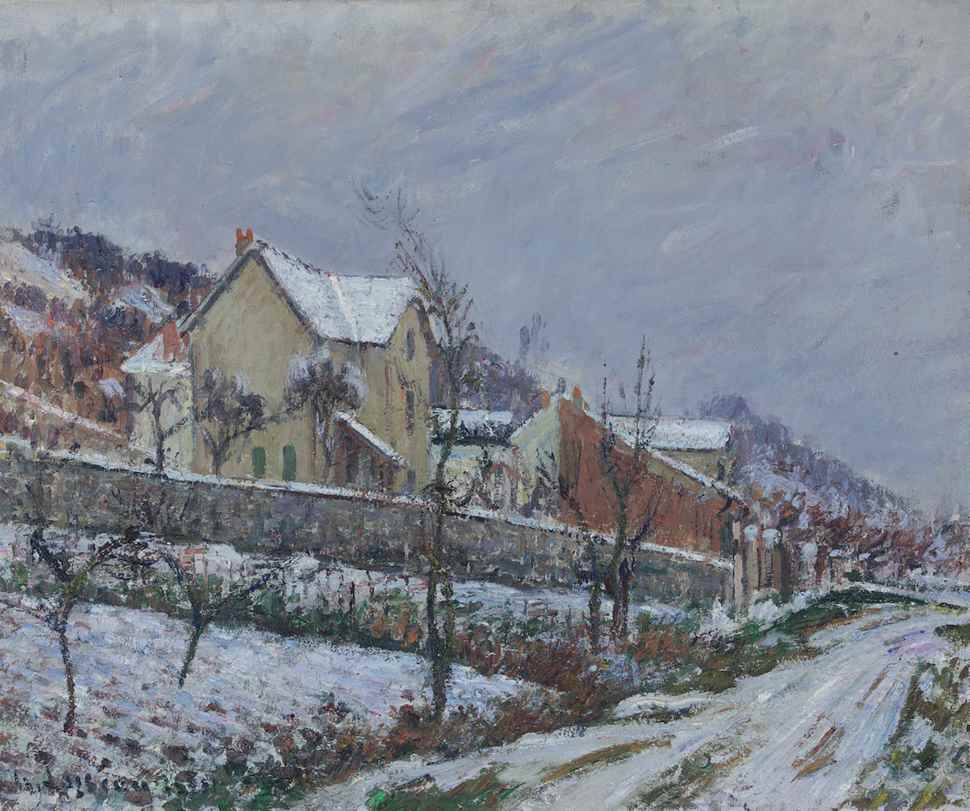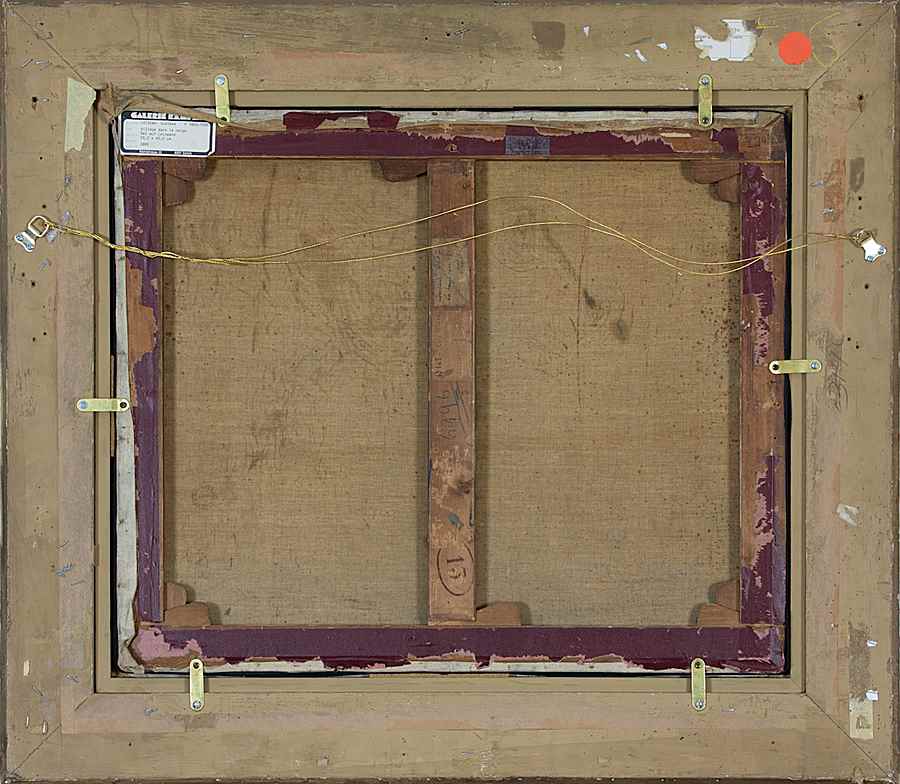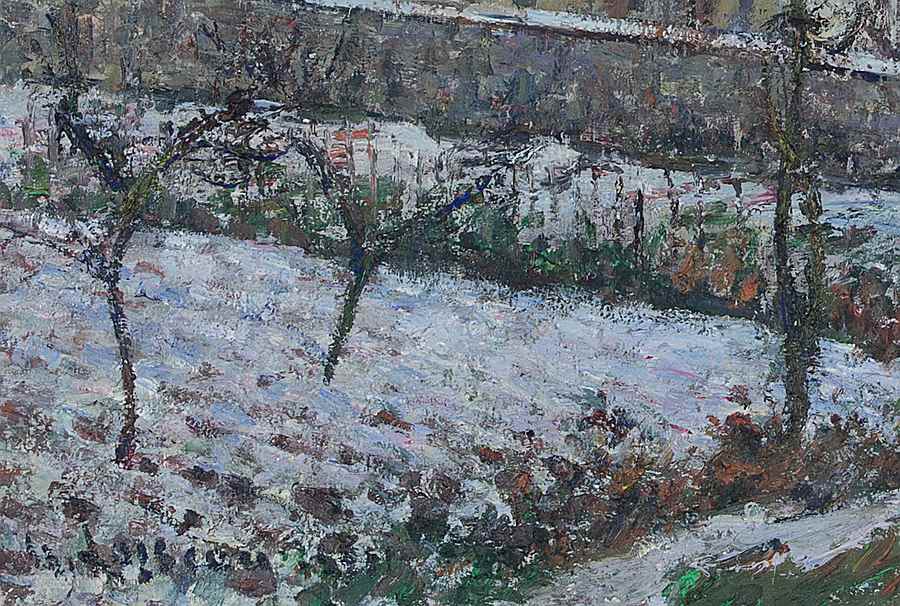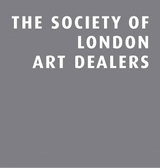Gustave Loiseau (1865 - 1935)
Paysage de neige
Request Viewing
Oil on canvas
54.5 x 65.5 cm (21 ¹/₂ x 25 ³/₄ inches)
Signed and dated lower left, G. Loiseau 1911
-
Provenance
Galerie Rämi, Zurich
Private collection, Switzerland -
-
-
Description
This work is accompanied by a photo-certificate of authenticity issued by Didier Imbert.
Executed in 1911, Paysage de neige is an extraordinary example of a Post-Impressionist snow scene, which captures Gustave Loiseau at the height of his artistic powers. This painting constitutes the notable legacy of Loiseau’s Impressionist predecessors, while also establishing his own individuality as an artist.
After studying at the École nationale supérieure des Arts Décoratifs, Loiseau moved to Pont-Aven where he befriended the likes of Émile Bernard and Paul Gauguin. Embedded within the artistic community and deeply inspired by the luscious scenery, Loiseau honed his mastery as a landscape painter. Interested in the intricacies of capturing nature, he took part in Impressionists exhibitions in 1890 and 1896, and from 1893 showed at the Salon des Indépendants. He was particularly inspired by the Impressionist tradition of painting outdoors (en plein air), which allowed for the direct observation of nature. Through this technique, Loiseau could translate the rapidly changing effects of light and weather, conveying the sense of movement one feels when outside. As such, scene’s original essence is immortalised for the viewer, allowing us to imagine walking down the road on this icy, winter’s day.
Scenes such as Paysage de neige are considered amongst the most challenging subjects to master due to the reflective and luminous quality of snow. Loiseau’s palette is rich, and full of depth, as he integrates flashes of blues, purples and maroons amongst the chalky patches of snow. Adapting the work of the Impressionists, it is through his short, individual brushstrokes that he combines layers of colours. We can see his characteristic cross hatched brushstrokes (en treillis), particularly visible towards the foreground of the work. The sky, in contrast, is more oblique and appears as a denser block of pale blue. His Post-Impressionist dance of paint application emerging as a true testament to his unique painterly expression.
Loiseau’s preoccupation with texture is also evident in the present painting where he has built up layer upon layer of paint on the surface. The rough masonry of the wall contrasts with the languid, drawn-out strokes of the snowy pavement. To achieve this balance is a fine achievement, and the result is a superb exploration of the relationship between snow, street and sky.
Overall, Paysage de neige can be considered amongst the finest snow scenes painted by Loiseau. It is a masterful rendition of a highly-sought after genre and Post – Impressionist works of this subject and calibre rarely appear on the market.
Loiseau’s characteristic technique and acute observation have made his paintings highly appreciated and popular among esteemed institutions such as the Metropolitan Museum of Art in New York, the Museum of Fine Arts in Boston, the Albright-Knox Art Gallery in Buffalo, the Museo Thyssen-Bornemisza in Madrid, or the Fitzwilliam Museum at the University of Cambridge.
This original painting by Gustave Loiseau is available for sale.
Artist's Biography
Gustave Loiseau was born 3 October 1865 in Paris. A Post-Impressionist painter, he is remembered above all for his landscapes and scenes of Paris streets.
Brought up in Paris and Pontoise by parents who owned a butchers shop, Loiseau served an apprenticeship with a decorator who was a friend of the family. In 1887, when an inheritance from his grandmother allowed him to concentrate on painting, he enrolled at the École des arts décoratifs where he studied life drawing. However, a year later he left the school after an argument with his teacher.
While working as a decorator, Loiseau redecorated the apartment of the landscape painter Fernand Quignon (1854-1941). After he left the École des arts décoratifs, Quignon tutored him in painting. In 1890, he went to Pont-Aven in Brittany for the first time, fraternizing with the artists there, especially Paul Gauguin and Émile Bernard. After experimenting with Pointillism, he adopted his own approach to Post-Impressionism, painting landscapes directly from nature. His technique, known as en treillis or cross-hatching, gave his works a special quality.
Loiseau first exhibited at the Salon des Indépendants in 1893 and at the Salon de la Société Nationale in 1895. He also exhibited at Impressionist exhibitions in 1890 and 1896.
Loiseau's paintings, revealing his passion for the seasons from the beginning of spring to the harvests later in the autumn, often depict the same orchard or garden scene as time goes by. Series of this kind, which also include cliffs, harbours or churches, are reminiscent of Claude Monet. Although Loiseau did not complete many portraits, he often painted people at work: dockers together with their boats, villagers leaving a Sunday service in Brittany or arriving at the market in Pont-Aven, or even carriages in Paris driving across the Place de la Bastille and the Étoile. He is also remembered for his paintings of Paris streets such as the Rue de Clignancourt or the Avenue de Fiedland. From the 1920s, he painted many still-lifes.
Loiseau died 10 October 1935 in Paris.
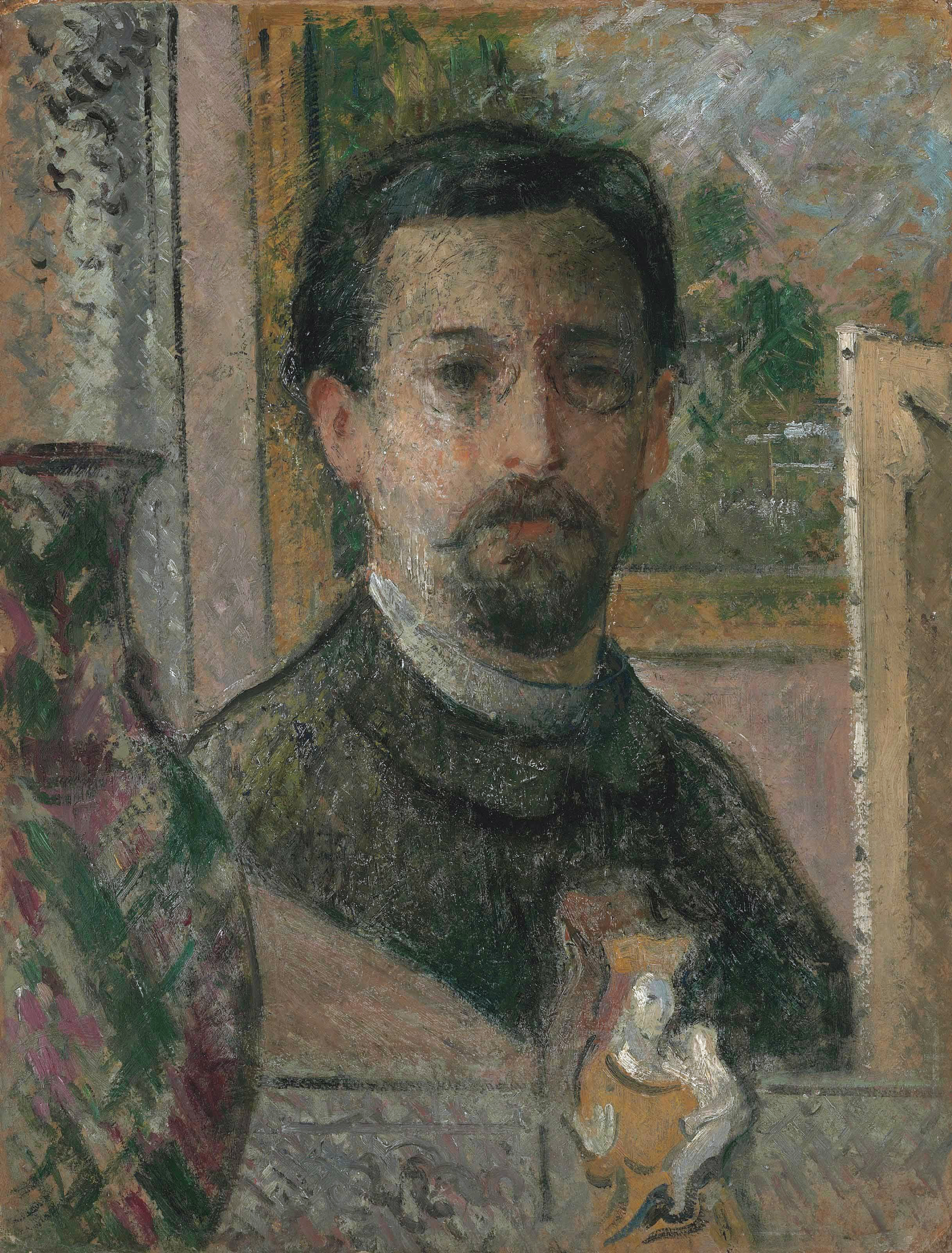
You may also like
-
 HR_1112024T16449.258.jpg?mode=crop&bgcolor=transparent&anchor=middlecenter&ftr=8&w=415&h=415&format=jpg&qlt=40) Paysage d'Automne à Nesle la Vallée Gustave Loiseau (1865 - 1935)
Paysage d'Automne à Nesle la Vallée Gustave Loiseau (1865 - 1935) -
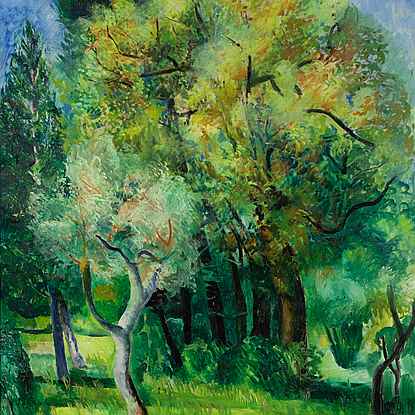 Paysage de Provence Moïse Kisling (1891 - 1953)
Paysage de Provence Moïse Kisling (1891 - 1953) -
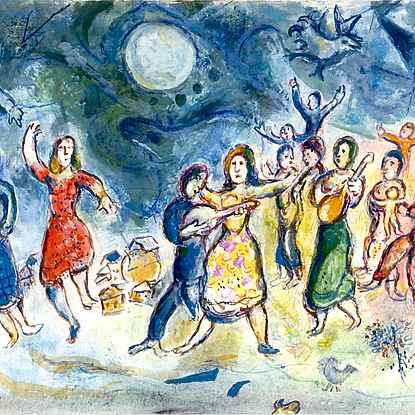 Fête au Village Marc Chagall (1887 - 1985)
Fête au Village Marc Chagall (1887 - 1985) -
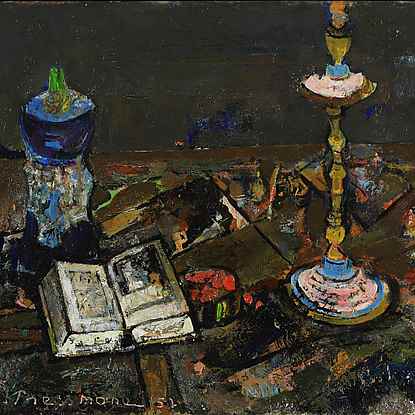 Still Life with Candlestick and Book Joseph Pressmane (1904 - 1967)
Still Life with Candlestick and Book Joseph Pressmane (1904 - 1967) -
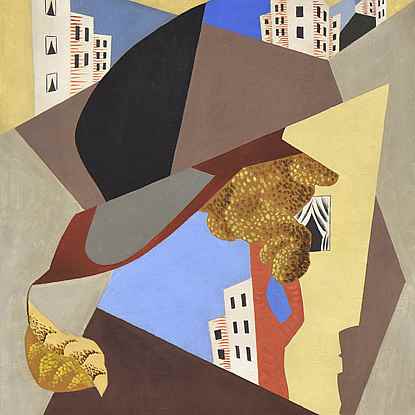 Ville Léopold Survage (1879 - 1968)
Ville Léopold Survage (1879 - 1968) -
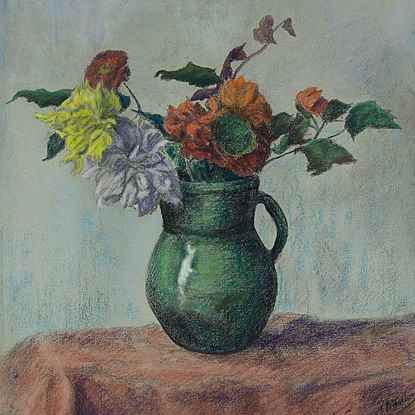 Vase de Fleurs Paul Ranson (1864 - 1909)
Vase de Fleurs Paul Ranson (1864 - 1909)

